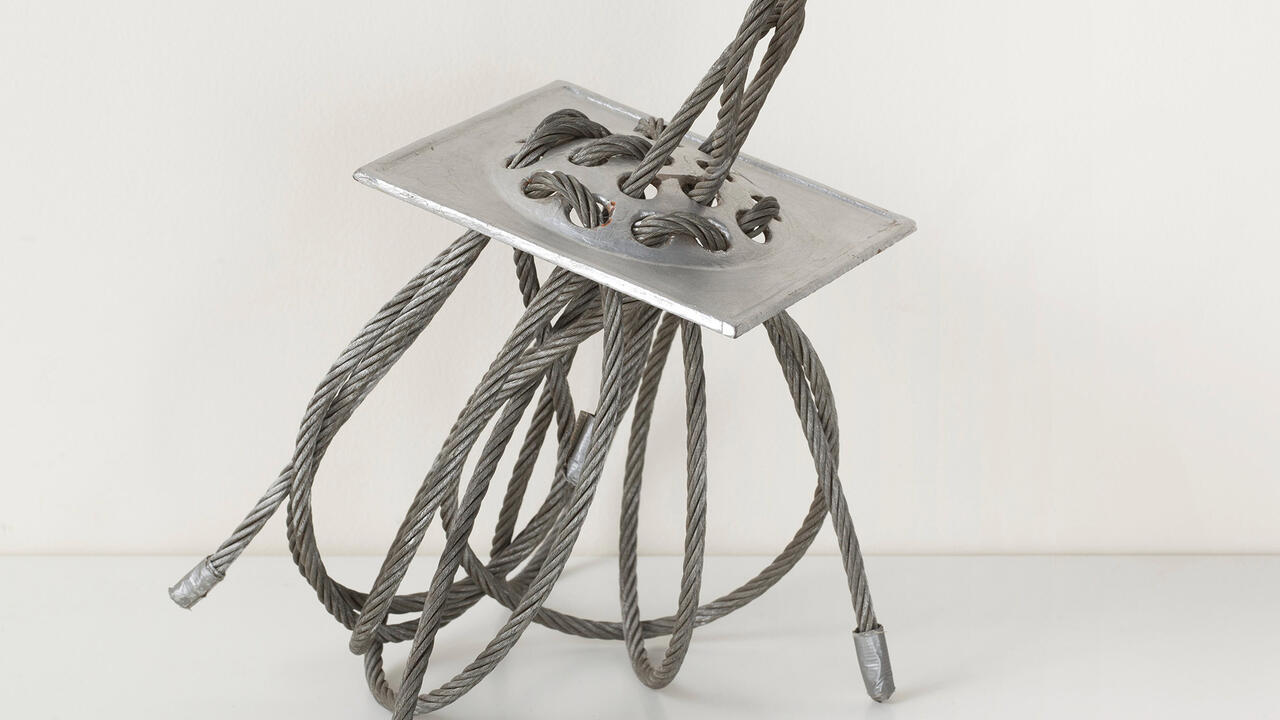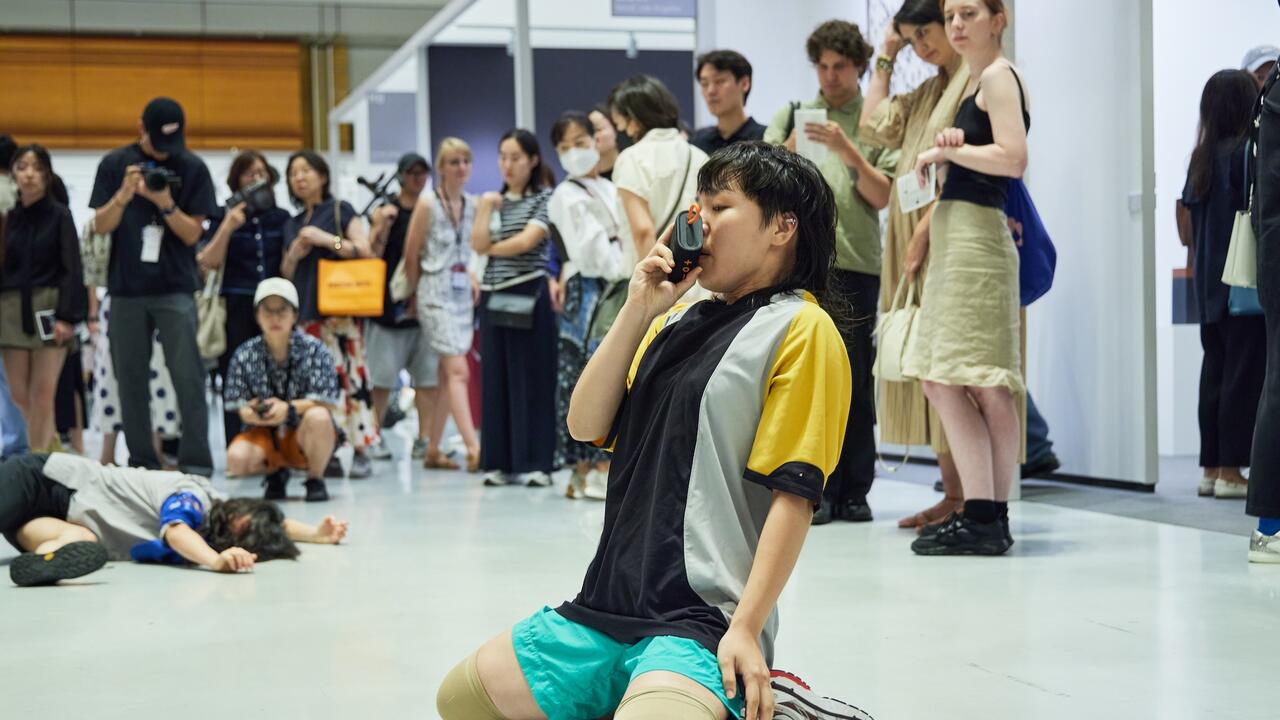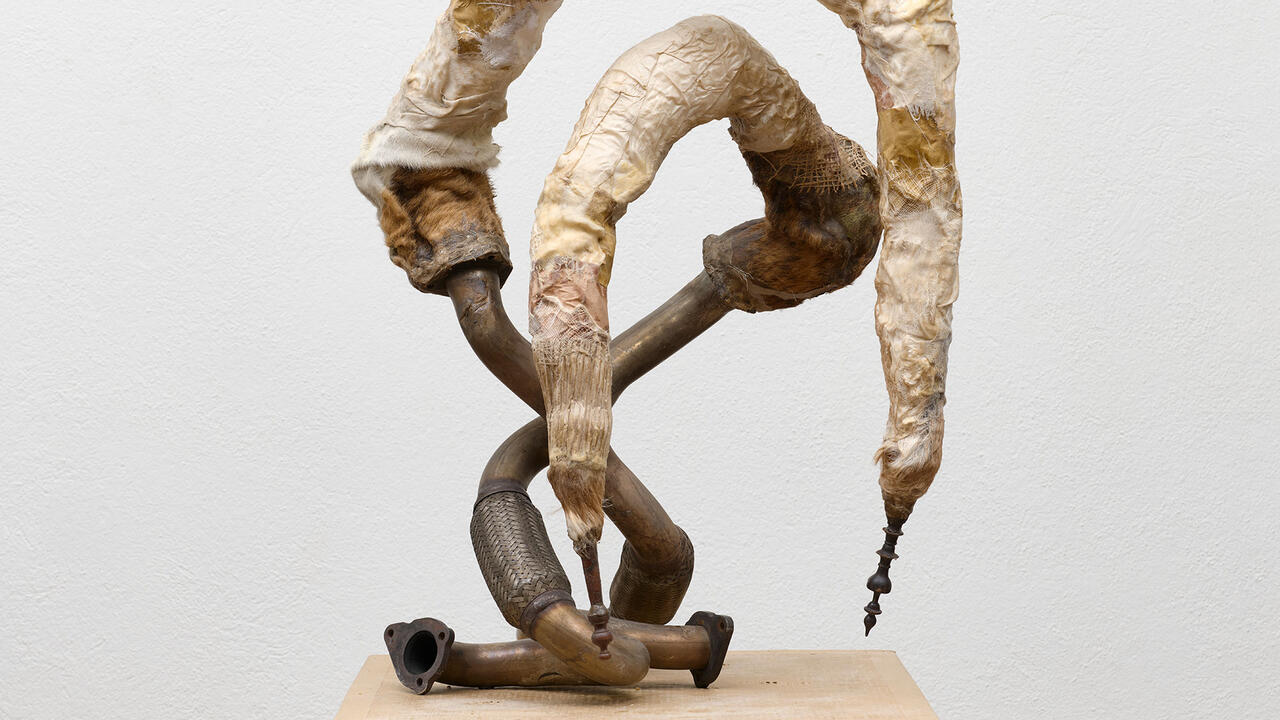Weegee
Shot from above, the photograph shows men in a street, staring in the same direction, each with the brim of his hat obscuring his face. Only one head is missing: that of the police photographer hidden behind the black cloth of his tripod camera. It is a puzzling scene. For so tableauesque is the arrangement, so deep the shadow, so palpable the suspense, that the object of attention is recognised last. A bloody, severed head has rolled into the gutter like a lost football. The result resembles theatre. Not surprisingly. Like a child, Weegee had an inflated sense of his own importance. Also like a child, he lacked sympathy and manipulated situations to suit himself. One shot of an empty, darkened street in which two grief-stricken women are screaming was called I Cried When I Took This Picture (ca. 1940). Nonsense; his eye, not his heart controlled Weegee's decision-making. Despite the appeal of his racy prose in the books he wrote around the photographs, admirers return not to the work of a man who was a self-styled Hollywood star, part celebrity and part crime reporter, but rather to his dark humour and childlike sense of theatre.
An almost pathological voyeur, as John Coplans argued in his classic essay, Weegee was most intrigued by a kind of double voyeurism: watching people watching people. Hence his fascination with parades or his infra-red photographs of couples in the movies making sure that they (and not the movies) were being observed. In a self-portrait taken at night sitting in his car, looking straight at the viewer, a faceless man on a deserted street in the background becomes a picture within a picture: a Weegee surrogate. 'I am acquainted with the night', wrote Robert Frost. Weegee, wanting us to think the same of him, cast himself in the role of a Raymond Chandleresque private eye. His Manhattan is a place of sleazy bars and cheap lives. A shop that sells guns and has its own shooting range appears in at least two photographs: one is simply of the sign - a gun, what else? - another of Weegee himself sitting astride it. A god-like position appealed to him, as the studies of the crowds at Coney Island demonstrate, or the image of the human cannonball shooting through the air. To emphasise his prescience, Weegee specialised in a now unfashionable trick: the meshing of visual and verbal. A building has caught fire, for example, but so great is the heat from within that as the hoses spray the flames, huge clouds of steam are produced. Through them, on the side of the building, the slogan of the product made there becomes apparent: 'Just Add Water'. Another crowd study takes place outside a cinema. As if they are performing the last scene of a play, people are gathered around a corpse. Above them the title of the movie is visible: The Joy of Living.
Yet photographs like this belong in a subsection of a larger Weegee category: studies of power. Taken from no distance at all, the head and shoulders of a circus midget make him resemble a potentate: awe-inspiring, peremptory, god-like. A young man jailed for murdering his victims by night in Central Park is shown in the home-made costume he wore to terrify them. Most potent of all, President Roosevelt is glimpsed in an open-topped car together with Mayor LaGuardia. 'Glimpsed' because their bodyguards, standing, guns pointed toward the crowds on either side, almost obscure the passengers. In the car itself there is a flurry of excitement; animated conversation is taking place. That the course of the event could be altered in a second makes sense of the blurs in the picture. In New York, to be important is to be vulnerable. Despite this, the people in the car seem unreal; the distance between them and the crowds on Coney Beach is infinite, though the Roosevelts worked hard to bridge that gap. Does this make sense of the photographs of segregated cinemas and the two studies of the same street into which black residents had just been moved, with 'The Nigers Stink' scrawled on the wall? In a way it does. There are people who are not important, just vulnerable, Weegee realises. The fires and the shootings are their lives; the movies, the singer at Sammy's and Max the Bagel Man their entertainment; the street their education. And Weegee? He remains a secret.















